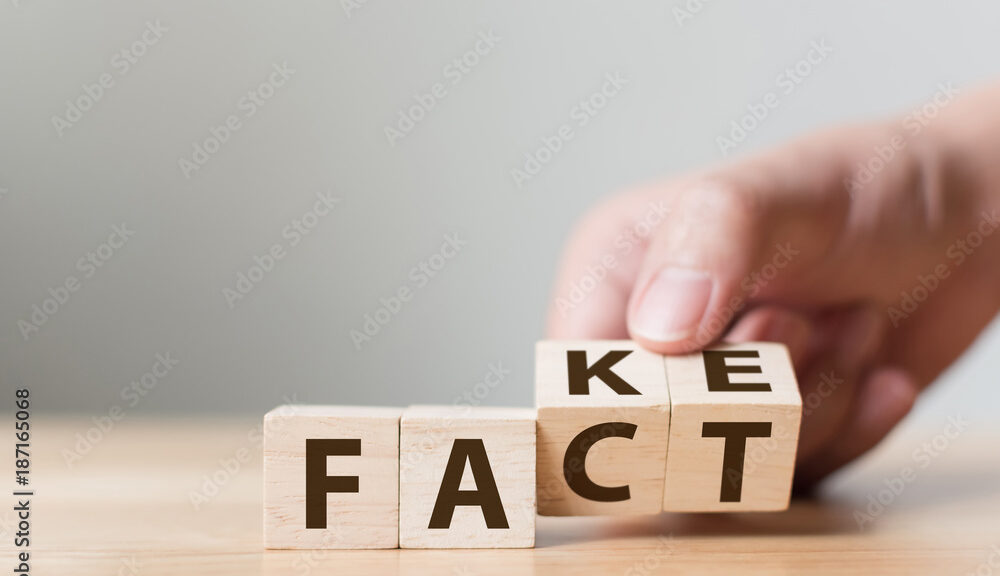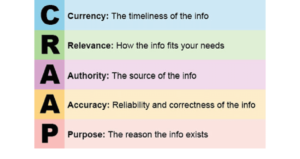
Digital Literacy: Fake News in Our Classrooms
Digital Literacy: Fight Fake News in Our Classrooms
In today’s world, fake news is more of a problem than ever. While it’s not a new issue, as Alec Couros and Katia Hildebrandt (2019) note, “Thus, while fake news is certainly not new, and there have long been mechanisms for creating deceptive and misleading artifacts, we are now entering a brave new world where the truth is more and more difficult to uncover..” New tools make it easier to change and spread false information, and this is where teaching digital literacy becomes needed. So, how can we teach students the skills to combat fake news in the classroom?
How Digital Literacy Fits into Our Curriculum
Digital literacy is about more than using technology, it’s about understanding how to understand the information we see online. In subjects like language arts, this could mean teaching students to spot misinformation and check facts using tools like Snopes and FactCheck.org. This comes from the National Council of Teachers of English (NCTE) framework, which pushes students to become people who think critically and fact check stories before assuming them to be true. (Jacobson, 2017).
The Danger of Internet Trolls
Another key issue is the rise of internet trolls. These people, as Marwick and Lewis (2017) talks about, can cause real harm by “ruining the reputation of individuals and organizations.” It’s important to teach students how to deal with people who are on the internet. to spread fake information or cause harm.
Spotting Fake News: Practical Strategies
To help students spot fake news, we need to move beyond checklists like RADCAP or CRAAP. We can focus on investigative skills instead like using fact-checking websites (e.g., Snopes) and tools like Google’s “search by image” feature (EdCan Network, 2019). We also want our student’s to get in the habit of fact checking and looking at many different sources-as previously mentioned. (I know people who get all of their new’s info from TikTok and take it as fact before doing further research, this is very dangerous).

Tools to Teach Digital Literacy
Several tools can help in teaching media literacy. Platforms like Checkology offer lessons on bias and fact checking, while “Project Look Sharp” provides free resources to help students analyze media (Jacobson, 2017). These tools (in a student-friendly way) show students how to sniff out fake media!!
Real-World Examples Matter
Using real world “fake news” stories in the classroom makes learning more understandable for students. By discussing famous examples like “Pizzagate” or viral rumors about “creepy clowns,” students can use the skills they have learned do some investigating and see the danger of fake news first hand. (Jacobson, 2017).
Conclusion: Teaching Critical Thinking in a Digital World
Adding digital literacy into our classrooms is needed. By teaching students how to understand the information they see online, we can help them view the digital world safely and responsibly. As we help students learn these skills, we teach them future skills where they can recognize and challenge fake news, helping build a better knowledgeable society.
Works Cited
Couros, A., & Hildebrandt, K. (2019). Developing Critical Literacies: What We Need to Know in a Fake News World. https://journal.canadianschoollibraries.ca/developing-critical-literacies-what-we-need-to-know-in-a-fake-news-world/ Couros, A., & Hildebrandt, K EdCan Network. (2019). Teach Students to Identify Fake News. https://www.edcan.ca/articles/teach-students-identify-fake-news/ Jacobson, T. (2017). Digital Tools for Teaching Media Literacy. News Literacy Project. Marwick, A., & Lewis, R. (2017). Media Manipulation and Disinformation Online. Data & Society. https://datasociety.net/pubs/oh/DataAndSociety_MediaManipulationAndDisinformationOnline.pdf Project Look Sharp. (2017). Teaching Strategies to Strengthen Digital Literacy. https://sites.google.com/view/dynamic2017/reading-for-truth-in-the-age-of-information/activities

One thought on “Digital Literacy: Fake News in Our Classrooms”
Completely agree! Trolls and fake news can be so harmful, even if it’s something seemingly harmless! People can get caught in fake news and develop misleading views that damage society.